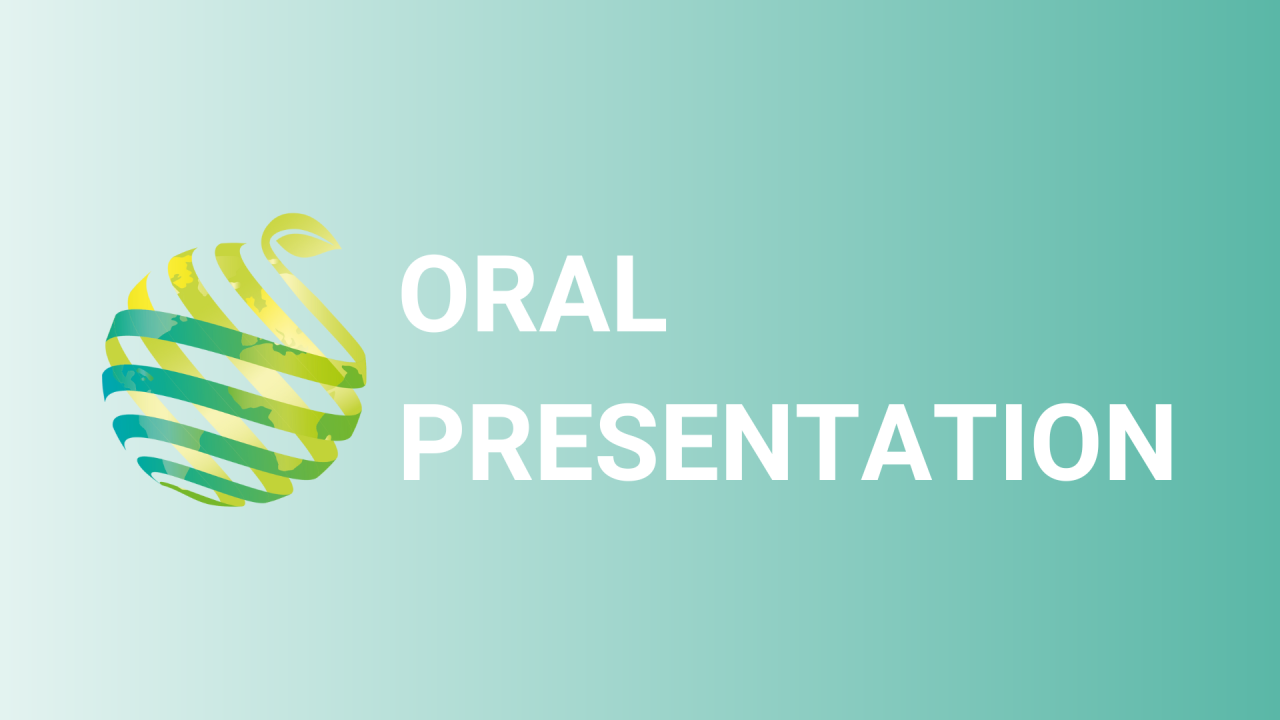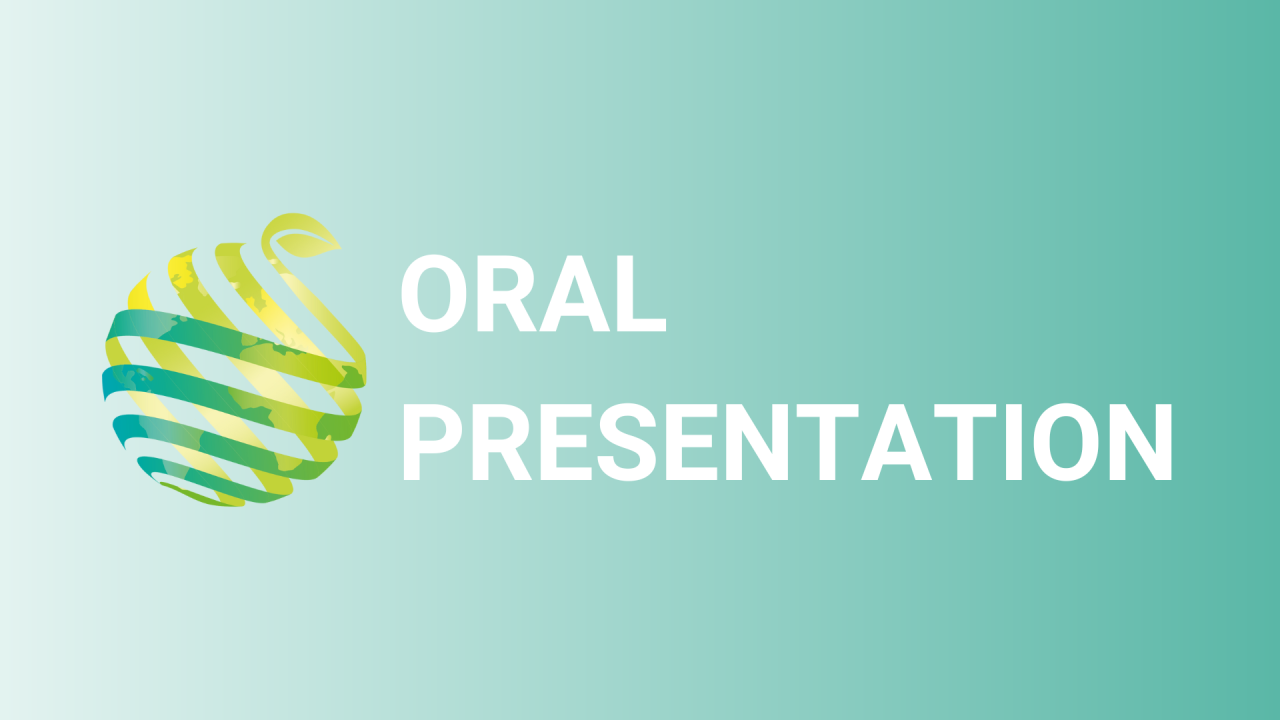

S06 - Session O5 - Sustainability of greenhouse tomato production systems assessed through the lens of the sustainable development goals (SDGs).
Information
Authors: Dianfan Zhou, Holger Meinke, Matthew Wilson, Leo F.M. Marcelis, Ep Heuvelink *
Debates on the sustainability of greenhouse production can be contentious and often lack a scientific evidence base. For heated, high-tech greenhouses, high CO 2 emissions may be problematic, while for low-tech, unheated greenhouses in warmer climates, high nutrient emissions may be a concern. Organic production in greenhouses has positive environmental aspects, but often lower yields and nutrient losses compared to high-tech closed loop systems. This review evaluates the sustainability of tomato production in four greenhouse systems: high-tech (The Netherlands) and low-tech (Spain) combined with two ways of cultivation (conventional or organic). The Sustainable Development Goals (SDGs), as defined by the United Nations, were used as a lens to assess the sustainability of these four greenhouse production systems. In total seven SDGs, including 14 targets, were assessed through 12 quantitative and two descriptive indicators. Conventional, high-tech greenhouse systems showed the greatest potential for positive contributions towards four of the SDGs. However, their relatively high energy use makes it difficult to achieve SDG7 on affordable and clean energy, where low-tech systems perform better due to lower energy use from relatively cleaner sources. Lower water use efficiency and higher nutrient losses in all soil-based cultivation systems are barriers to achieving specific targets under most of the selected SDGs. Organic cultivation systems showed relatively high water and land use. Our review highlights the existence of substantial synergies, but also considerable trade-offs between SDGs. This needs to be considered when making policy, investment and management decisions related to greenhouse production.